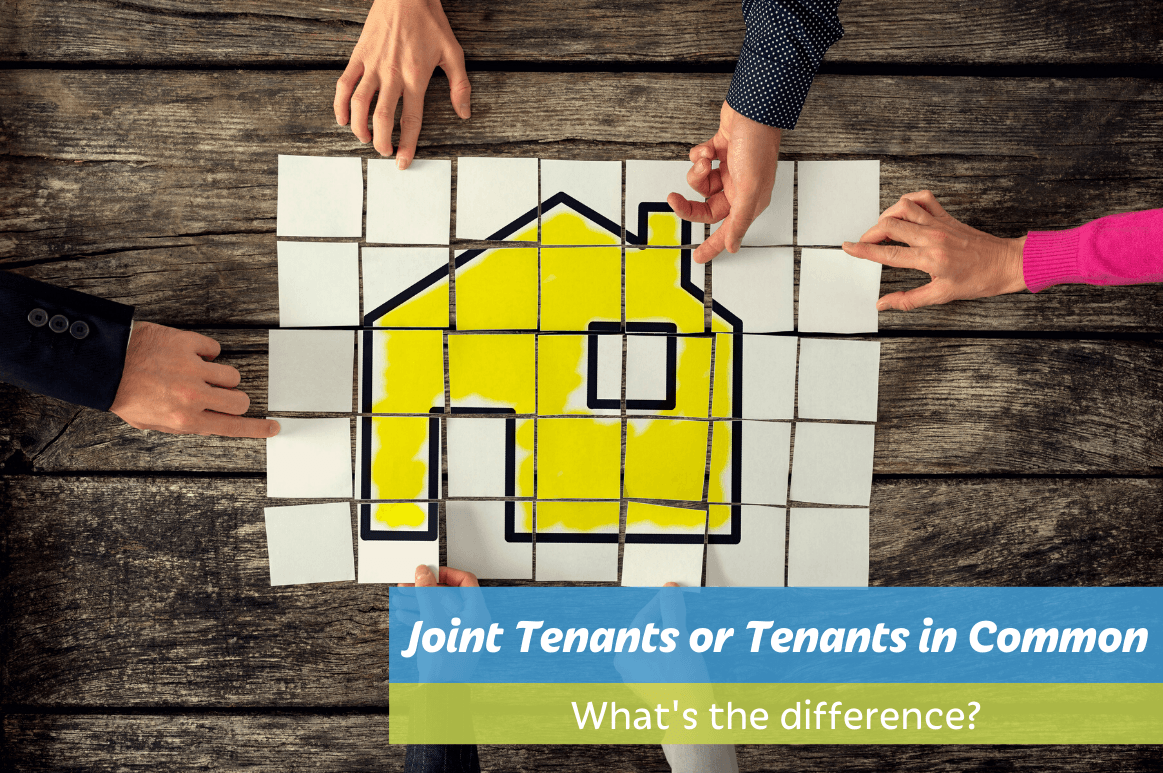Buying a property with others? Understanding ‘joint tenants’ vs ‘tenants in common’ ownership agreements

Joint tenants
Under a joint tenants agreement (sometimes also referred to as a joint tenancy arrangement):
- all owners of a property purchase the property together
- each owns an equal share or percentage— e.g. if there are three joint tenants, each owns a third of the property
- when the property is sold, the profits (or losses) get split equally between each joint tenant (i.e. each joint owner)
- if one of the owners passes away, there is a ‘right of survivorship’ where their share of ownership of the property automatically passes to the other joint tenants
- if one owner wants to exit, the entire property must be sold and the agreement ended.
As you can imagine, those last two points above can make a joint tenants agreement very tricky to manage and there can be conflict between the joint tenants if it goes wrong. In our experience, a joint tenancy arrangement may be better for a family or a married couple.
Tenants in common
Under a tenants in common arrangement:
- owners can own different percentages of a property — e.g. one owner may own 75 percent of the property, while the other owns 25 percent
- it's possible to purchase and sell the percentages at different times — e.g. so our friend with 75 percent could sell another 25 percent, or all of their share, whenever they like
- when the property is sold, the profits (or losses) are divided according to the ownership percentage of the agreement — e.g. our owner with 75 percent ownership would receive 75 percent of the proceeds or losses from the sale
- there is no right of survivorship — if a tenant (joint owner) passes away, there is no automatic allocation of their interest in the property to the other tenants; this portion can be sold to a new partner or purchased by the other tenants.
Thanks to there being no right of survivorship under a tenants in common arrangement, this type of ownership agreement is usually easier to manage than a joint tenants agreement, especially for investors. That’s because if there is a disagreement between the owners or one wants to move on, it is easy for one to sell their share.
However, it’s crucial to be aware of this potential downside of a tenants in common arrangement:
- any partner can sell their share to whoever they like, whenever they like, and other partners have little say in this.
That could be fine, or it could become difficult, depending on the people and personalities involved.
Need to discuss the pro’s and con’s of your specific situation?
As you can see, it’s not always a cut-and-dried simple decision to make, choosing between joint tenants and tenants in common when buying a property with others.
If you’d like to discuss your specific situation with one of our advisors, get in touch here. We’d be delighted to guide you and outline all of your important considerations.
Need help with your accounting?








